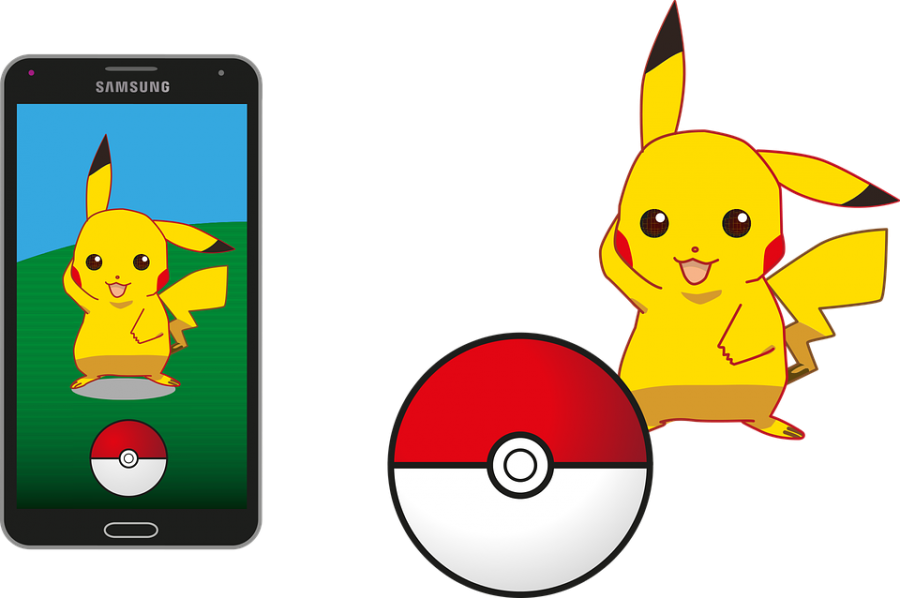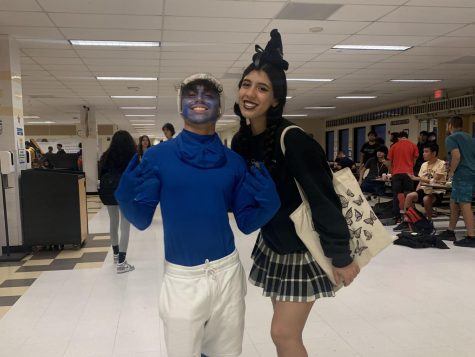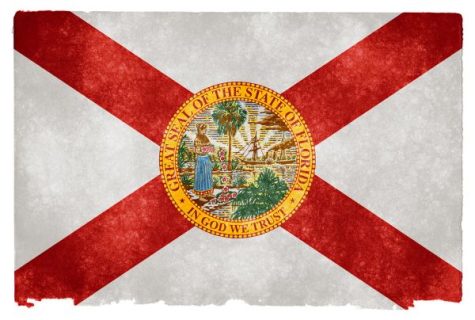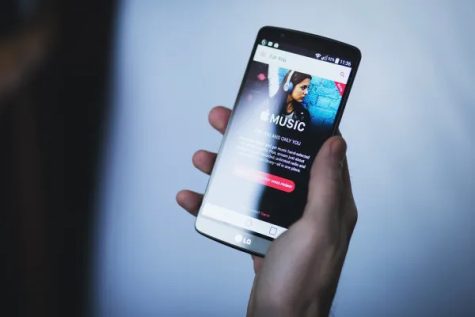GOing Dangerously
The colors yellow, red and blue acquired a fresh meaning with the release of the mobile game Pokémon GO.
The pastime centers around catching Pokémon, fictional creatures that act as pets and battle companions, but in a real-world setting. Gamers around the globe find Pokémon near their physical location. In the game, players can choose from one of three teams to represent, visit “Pokéstops” to stock up on items and battle in “gyms” for their team. The release of the game gave Pokémon fans access to their wildest dream—fulfilling their duty to “catch them all.”
Even so, the new app brought a slew of disappointments. When Pokémon GO was released on July 6, fans were plagued with glitches. Many were unable to log in and hindered from creating an avatar.
Additionally, many players’ avatars would not walk or there would be no Pokémon on their screen. Before the version 1.1 update on July 30, the footprints that were supposed to track the movement of nearby Pokémon were defective. They led players on a wild goose chase, rendering the feature inoperable. As a result, the footprint function was removed.
Players also suffered frozen screens while trying to catch Pokémon; on account of this, they couldn’t catch anything. For many, it was disheartening when an incredibly rare Charmander appeared and was nearly caught, only for the game to freeze and crash.
Amidst the plethora of bugs, Pokémon GO was also a letdown for seasoned Pokémon fans due to the absence of adored elements from previous games. These include trading with other players and using a wider variety of items. Conversely, fans showed enthusiasm about the opportunity to join Team Instinct (yellow), Valor (red) or Mystic (blue). Fans may have gotten too excited, though; the teams are now subject to intensive competition. Friends are pitted against one another as they melt into their selected factions. Members of Mystic and Valor argue more than they would have without the fuel of rivalry.
The developers lost many users in the first few weeks of the game’s release due to the surplus of issues. Niantic should have taken more time to perfect the game, rather than release it early to placate popular demand. Perhaps it would have saved the game’s reputation.
Publishing the game later could have also prevented crime. Malicious robbers have used the lure module—a geolocation feature that makes Pokémon appear at a specific Pokéstop—to tempt players toward the mugger’s waiting gun. Such deceit can only be described as pathetic for both the robber and the player. The thieves’ deception almost seems like its own game of Pokémon GO; the burglars are the players, while the real gamers are the Pokémon waiting to be caught.
As much of the Pokémon fanbase consists of teenagers and children, such complications put them in danger, too. Even though children benefit from the game by getting out of the house and exercising, their safety is at a greater risk if they play without paying attention to their surroundings.
The developers should concentrate more on the protection of their players than their profit. Granted, kids need to have more common sense and keep their priorities on safety, but the developers should still offer more ways to stay safe.
For instance, they could implement a feature where warning dialogues appear, saying that a ditch is approaching, private property is near or a busy road is coming up. The traffic app Waze uses such technology— drivers are notified if there is a police cruiser near, a traffic jam and more. More safety precautions need to be implemented, rather than a single unobtrusive warning message and a delayed pop-up when traveling too fast. Niantic could even collaborate with Waze to apply their knowledge to Pokémon GO.
Even throughout setbacks, it is understandable why the game has attracted so much attention. The game pleased many fans with a way to play Pokémon easily via mobile devices. Parents were appreciative, too, since the game provided a new way to bond with family and interact with new people. That is, when their kids weren’t nonchalantly strolling into hectic intersections.
Pokémon GO was a valiant effort to please fans worldwide, but it was exactly that—an effort rather than a success. The app received more downloads in its first week than any other Apple app has ever received in its first week (about 7.2 million downloads), therefore endangering an extremely vast amount of smartphone users. The game must be tweaked and perfected in a multitude of ways if Niantic wants it to move beyond its fifteen minutes of fame.









